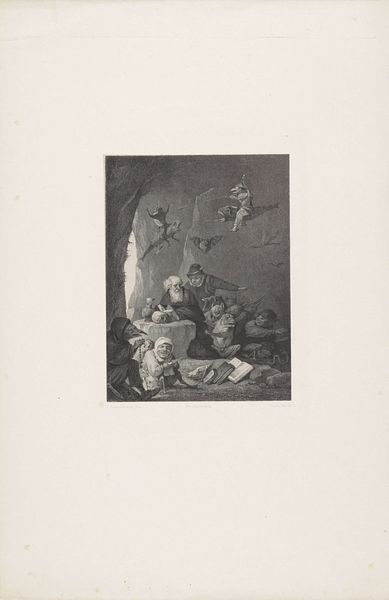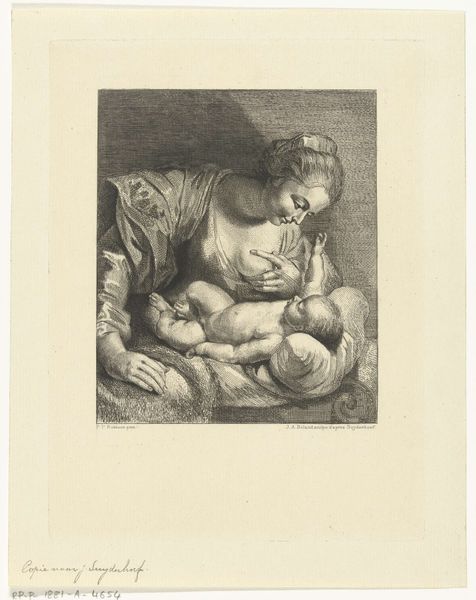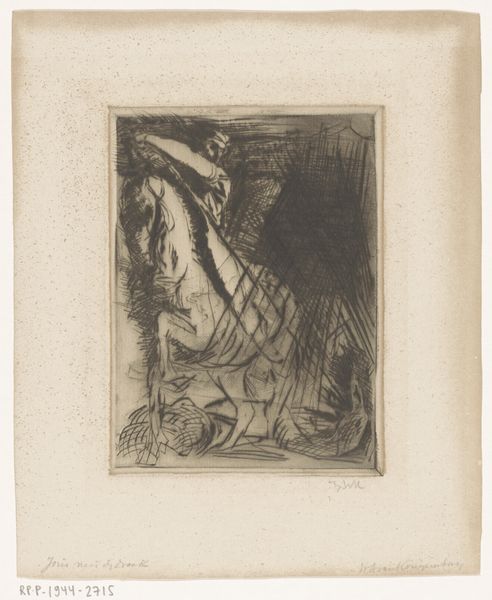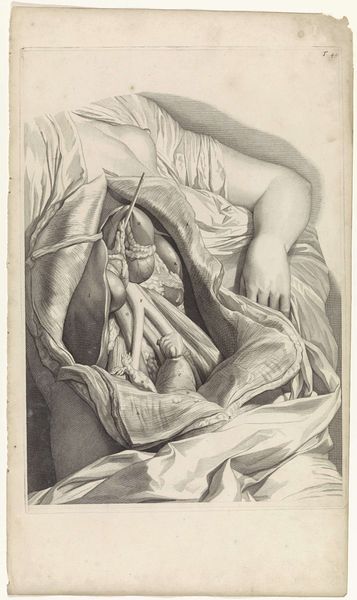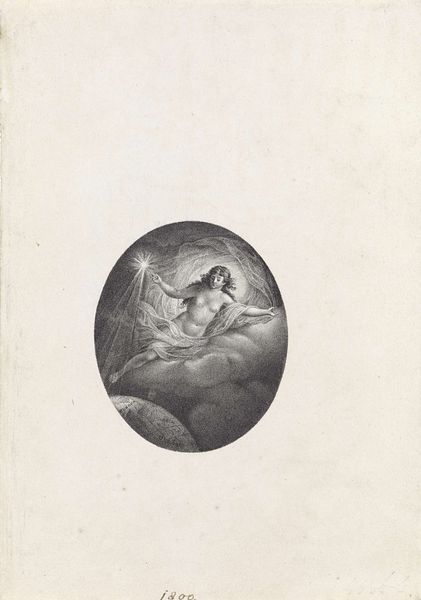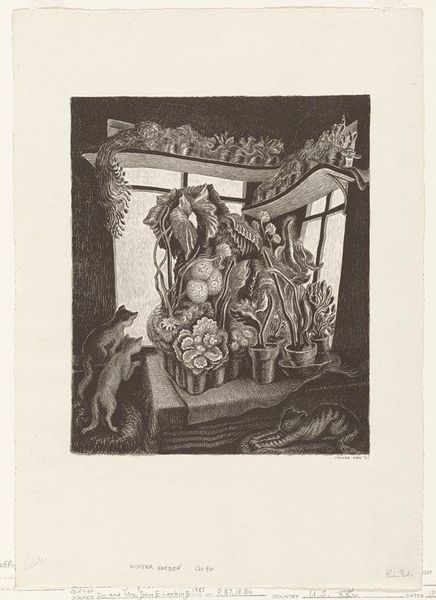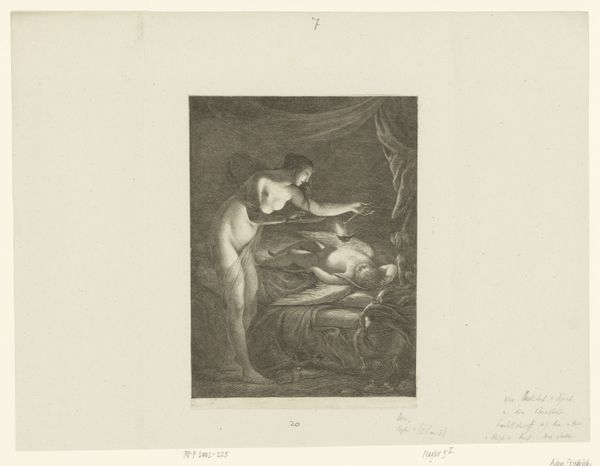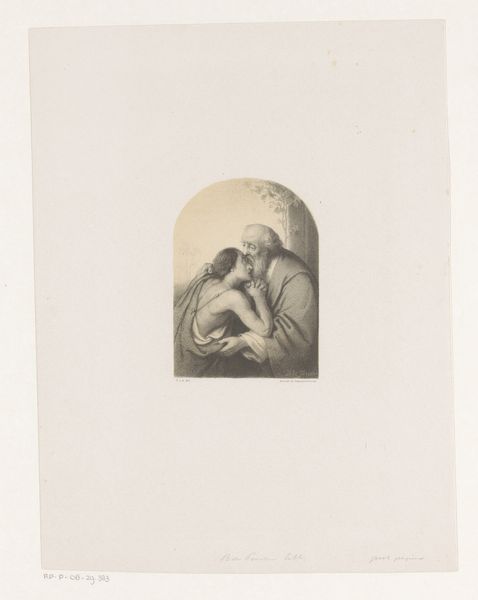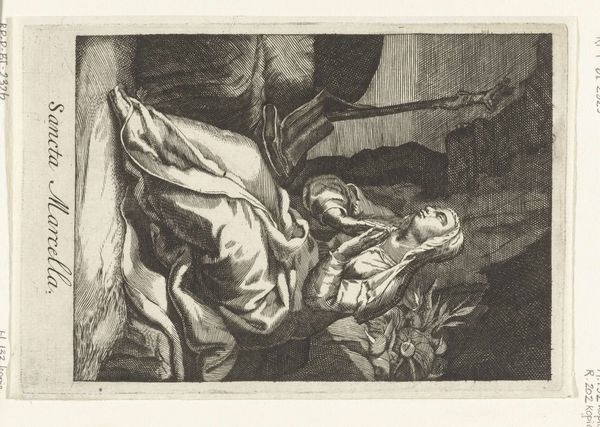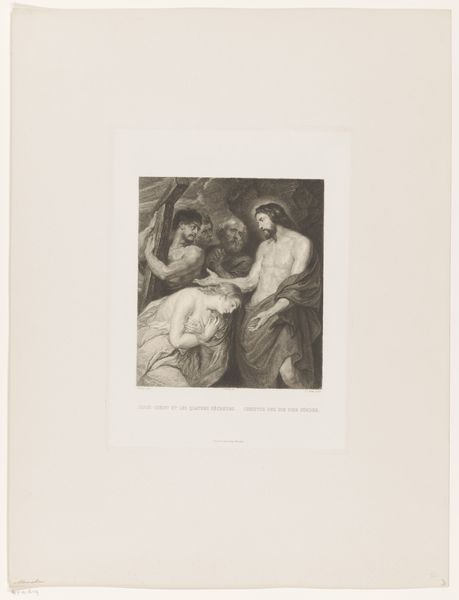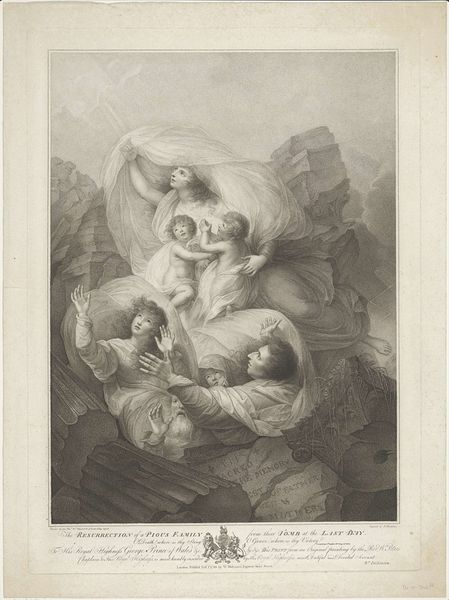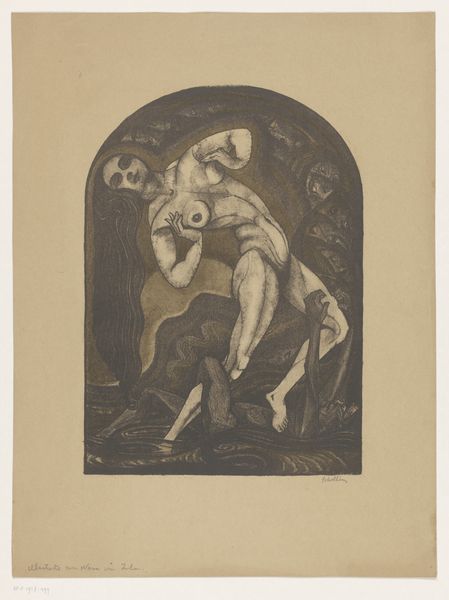
drawing, lithograph, print, graphite
#
drawing
#
lithograph
# print
#
landscape
#
pencil drawing
#
graphite
Dimensions: 9 1/4 x 6 15/16 in. (23.5 x 17.62 cm) (image)15 7/8 x 11 7/16 in. (40.32 x 29.05 cm) (sheet)
Copyright: No Copyright - United States
Editor: Wanda Gág’s lithograph, "Snow Drifts," from 1934, possesses an unsettling quality. The snow appears almost animate, like it's consuming the landscape. What social or historical contexts were influencing her to create something so…uncomfortable? Curator: That's an astute observation. Gág was working during the Great Depression. Her choice to depict nature in this way—not as a source of solace, but as a potentially engulfing force—can be seen as a reflection of the anxieties and precarity many Americans felt during that period. How might that context inform how we interpret the "feminine" qualities of the image? Editor: I hadn’t thought of it that way. Is there also an argument for a commentary about class, or even immigration? Gág’s family faced hardship, didn’t they, coming from Europe? Curator: Absolutely. Her own experiences with poverty and displacement deeply informed her work. "Snow Drifts," with its almost claustrophobic composition, could also be interpreted as a visual metaphor for the feeling of being trapped by circumstance, an outsider in a harsh environment. Consider the deliberate choice to create it in black and white too—how does that aesthetic decision reinforce that feeling? Editor: That makes perfect sense. The stark contrasts heighten the sense of isolation and uncertainty. I now see this lithograph not just as a landscape, but as a powerful statement about resilience and the human condition under immense pressure. Curator: Exactly. It's about unearthing these layers and recognizing art’s potential as social commentary. It prompts us to consider whose stories are being told and how historical events and personal narratives become entwined within artistic expression. I'm leaving this viewing enriched. Editor: Agreed. I'm glad I had the chance to explore it with you.
Comments
minneapolisinstituteofart almost 2 years ago
⋮
Snowbound in the early 1930s at her New Jersey farm (bought with earnings from her children’s books), Wanda Gág headed to her studio and apparently decided to have some fun. Treating snow like hunks of sugary meringue, she carved it into patterns that might have been plucked from her childhood. The various shapes could be a frilly collar, an angel wing, or a chair leg. At middle left could be a stylized G.
Join the conversation
Join millions of artists and users on Artera today and experience the ultimate creative platform.
